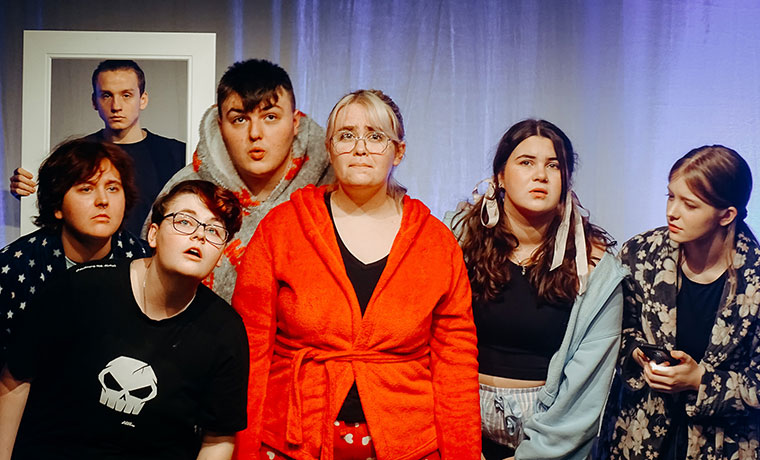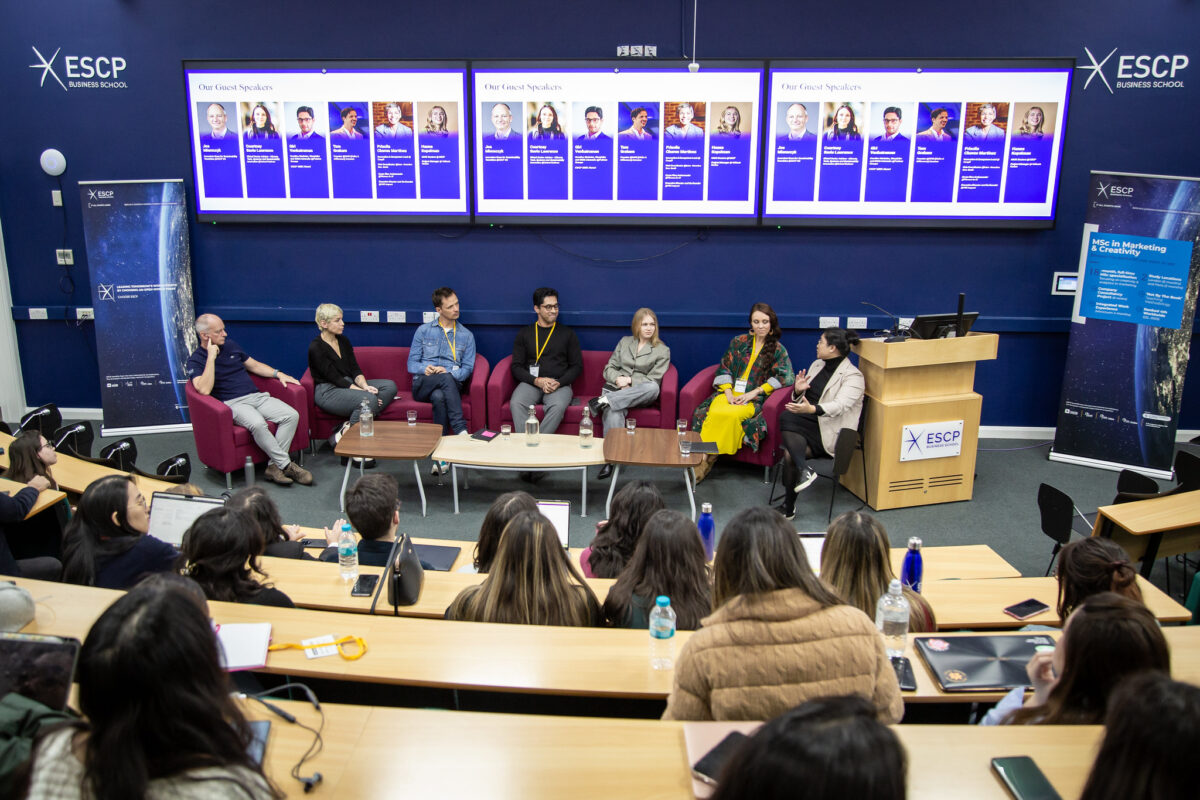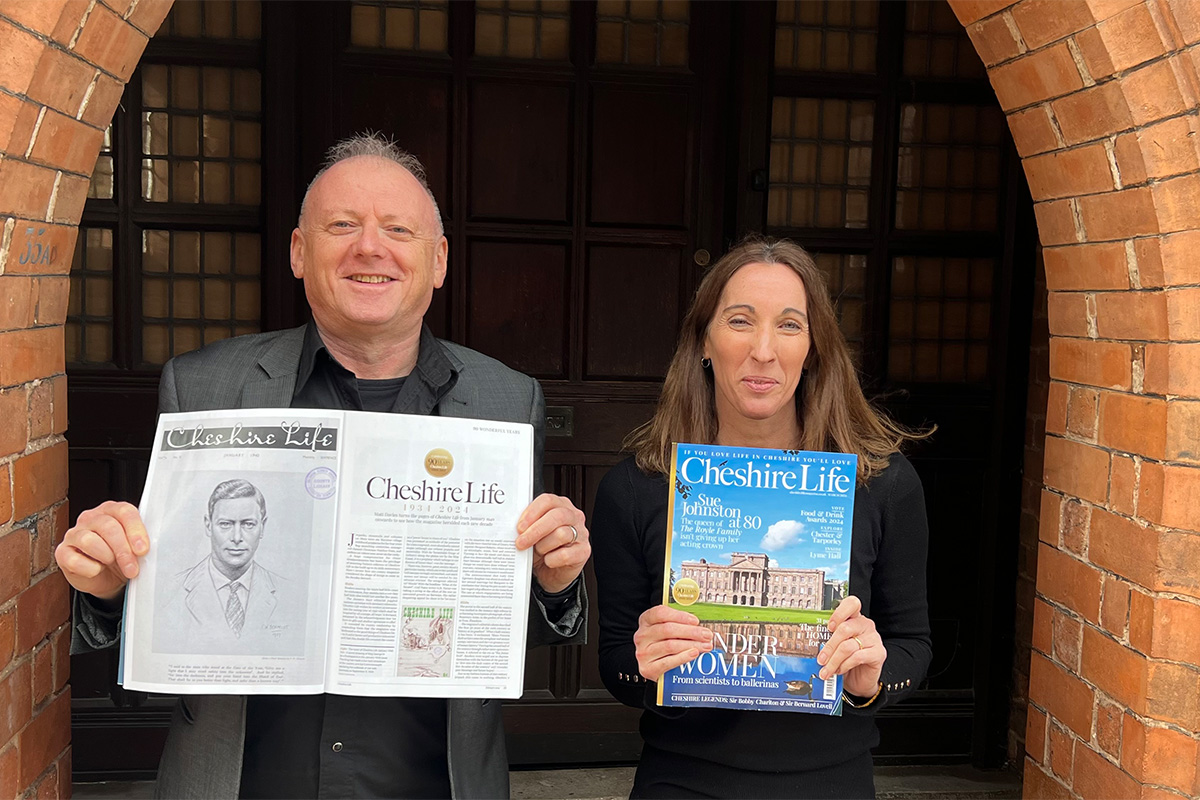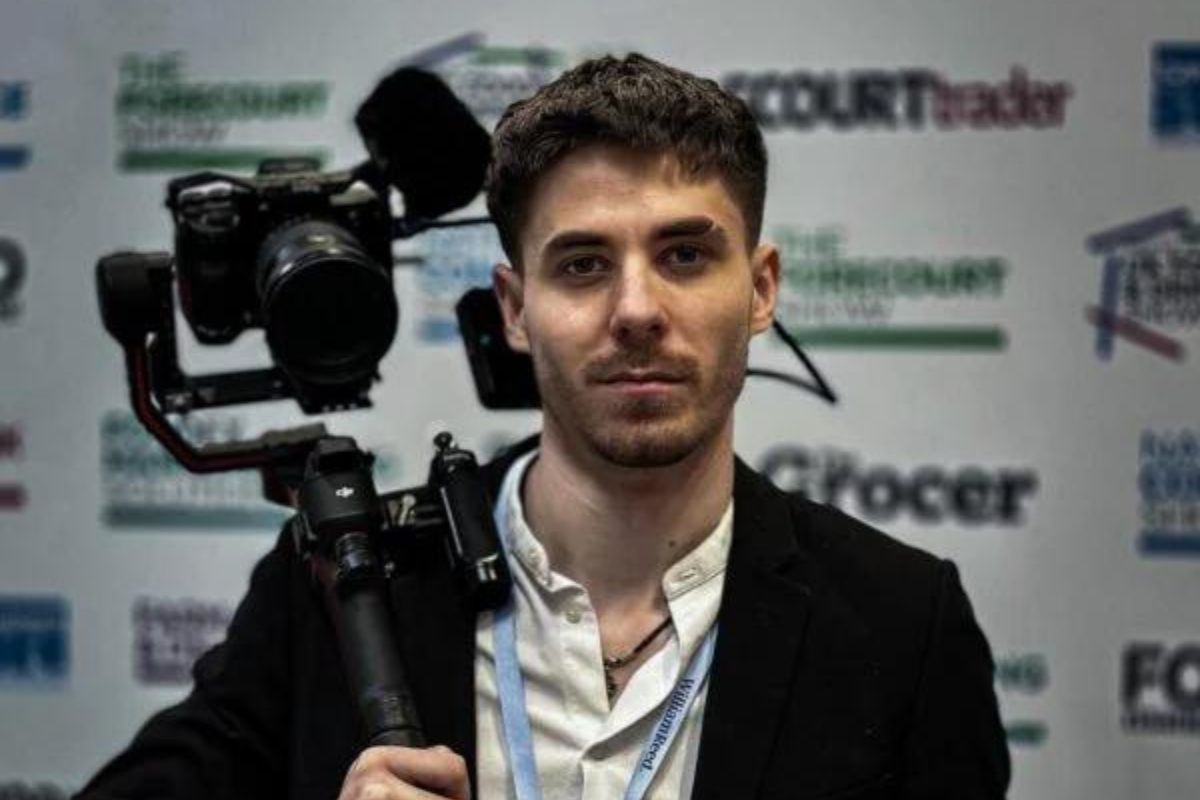Crowbarring the ‘A’ into STEM – We are all Creative

The development of technological skills has been an agenda item on almost every governmental paper since the formation of the City and Guilds in 1882. Global competitiveness and the industrial revolution drove the demand to expand technical education in Britain in the 1800s, yet we’ve often been on the backfoot trying to develop the next generation of skilled technical operatives against industrial giants like Germany and Japan. The result has been a rhythm of reform: the UK lacks skills. Industry complains. The state intervenes. Qualifications reform. The UK lacks skills….and back round we go again.
There is, though, one thing we often miss when we revisit the predictable cyclical call for skills reform. A critical element that lifts the UK out of limited linear mass production and places it firmly amongst the best in the world. It is a skill, vision, or perhaps an innate ability, that has seen the development of everything from the seed drill to the steam engine through to the internet itself. It is the element that contributed to much of Britain’s success during the first industrial revolution. That element is creativity, and it is the cultural strand that runs throughout the diverse world of STEM. It is creativity that separates us from the international competitors that more than compete on productivity and it is creativity that nurtures the innovation that can, and does, enhance and enrich much of our lives.
Putting art between engineering and maths? Really?
At first glance, some may question why we should crowbar ‘Art’ into STEM, and perhaps superficially, they may have a point. However, it doesn’t take long to determine quick wins when it comes to the marriage of aesthetics and science. Cars, for example, may divide opinion, but few admirers can argue the visual success of the classic E-Type Jaguar. The creator, Malcolm Sayer, was the embodiment of STEAM. An excellent engineer, an imaginative mathematician, and a sublimely understated designer, rated by Enzo Ferrari himself. The combination of aeronautic experience, maths, rolled steel and rubber, matched with a brilliantly creative mind, produced one of the most iconic automobiles in the history of the industry.
Perhaps another recognisable example of the merging of ingenuity and creativity is that of the built environment. The production of space may be an important social element of design, but when combined with creative ambition it can be elevated from mere brick, mortar, and pure function alone into something that is much more than the sum of the whole. Is it possible to walk around Barcelona and not be inspired by the works of Gaudi, for example? Can we imagine a world without the influence of Lloyd Wright or Gehry? Charles Rennie Mackintosh’s legacy permeates the conceived and constructed to this day – both inside and out.
Limiting the imagination
These may well be examples that immediately roll off the pen, but creativity does not always take a physical form. Many technical skills require the diagnosis of faults, and it is here where some amazing examples of creative thinking shine, and it’s a skill that not everyone possesses yet can be nurtured. To work through a problem and solve it rarely requires a linear process alone and the most difficult of faults require a much higher critical thought process itself. Problem solving is a great example of combining process and creativity.
Finally, but certainly not finitely, the world of programming and the wider digital world are but nothing without a creative mind. There’s a reason why so many of the world’s software houses sit within countries that still value the arts as an important part of the syllabus, even if this recognition has been slowly diminished in state education.
Of course, none of this so far considers the reverse argument.
What has technology ever done for us?
The arts self-evidently burst with creativity, however on closer inspection, you will also see the implementation of many areas of STEM. It’s fundamentally impossible to create resin art without the application of science and mathematics, the process of mixing, measuring, and managing chemicals will be imperative to the final outcome. In parallel to this, it’s impossible to create a feature length movie without the application of engineering and technology. Imagine the world of Hogwarts without all the beautifully constructed sets spearheaded by Stuart Craig and the special effects team. The magical world of Harry Potter suddenly becomes the ‘not so magical’ world. Pixar tell fantastical stories through incredible technological means. Industrial Light and Magic enable every creative thought to be realised. The ease and accessibility of digital recording has given platform to thousands of DIY musicians worldwide and phones have inspired a generation of talent to develop, unbound by technological restriction.
The crowbarring of the ‘A’ into STEAM also provides an opportunity for collaboration, a space for exciting projects and live briefs within the syllabus where students can see the process of their creative thinking come to life in ways they never thought previously possible. It also provides a new way of inquiry for science and technology-based projects, an exploration of the meaning that projects will communicate, something that creative based projects are already used too; a process which enables the development of new skills and opportunities to learn from one another.
Use it or lose it
Today though, creativity remains underfunded and under-appreciated by politicians, eager to push the technological above the talent. Generally, the arts are undervalued. They retain negative connotations, ranging from it being an easy area to study, to being more of a hobby as opposed to a potential career.
We can only hope that this will change in the future. In the meantime, the crowbarring of the creative into STEM is an incumbency those of us in the field should all bear if the UK is to continue to be amongst the most innovative in the world. We should celebrate and laud our ingenuity, not demote it. Next time we binge a boxset, jump behind the wheel of a modern car or sample the majesty of an architectural wonder, we should consider the marriage of the aesthetics and technology that has produced it.
It is in recognising this that the justification of STEAM as a concept is not only right, but also the only one that makes sense if we are to continue to be amongst the most innovative nations in the world.
By Neil Sambrook, Director of Faculty for STEAM at Walsall College and Melissa Tisdale, an Advanced Practitioner as well as lecturing in Creative Media at Walsall College, the CEO of Future Flames, a student-led production company, and the FE Teacher of the year 2021












Responses